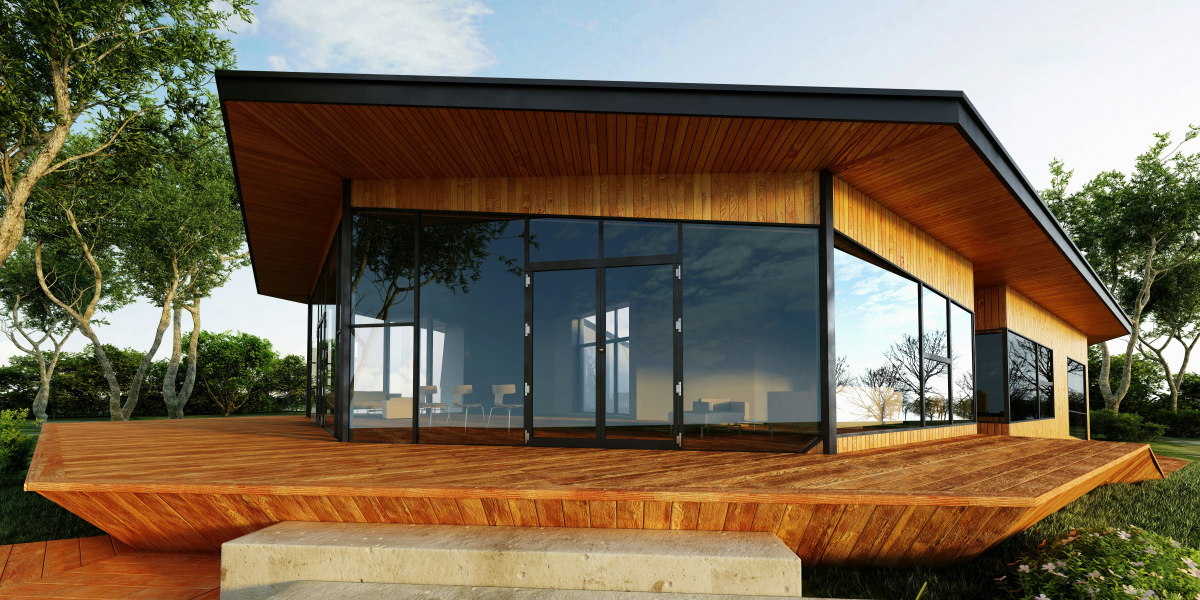Understanding the Dynamics
The housing market has always been a focal point of interest, reflecting societal and economic changes. In recent times, the dynamics between homeownership and renting have been under scrutiny, unveiling intriguing trends that shape the way people choose to reside.
In the ever-evolving landscape of housing, it’s crucial to first delve into the present scenario. Homeownership rates have witnessed fluctuations, influenced by economic shifts, demographic changes, and the aftermath of global events. As we embark on this quest for insights, the primary focus is on discerning the most recent and pertinent developments.
Recent data from various sources, including government housing reports and industry analyses, suggests a nuanced picture. The pandemic has left a significant imprint on housing preferences, with some opting for the stability of homeownership, while others lean towards the flexibility that renting affords.
To comprehend these trends, it’s imperative to unveil the factors that contribute to the decision-making process. Economic conditions, job market stability, and changing lifestyles all play pivotal roles in shaping individuals’ choices. This article aims to provide a comprehensive overview, devoid of personal statements, speculation, or bias, to facilitate an objective understanding.
Starting with the economic backdrop, fluctuations in mortgage rates, housing prices, and overall market conditions directly impact the affordability and attractiveness of homeownership. On the renting front, the ease of relocation, minimal maintenance responsibilities, and financial flexibility have become compelling reasons for some to choose this path.
Analyzing Demographic Shifts
Demographic shifts also play a vital role in steering the trends between homeownership and renting. Generational preferences, life stage considerations, and cultural influences collectively contribute to the ever-evolving saga of housing choices.
Millennials, often dubbed as the driving force behind societal changes, showcase distinct inclinations. While some are eager to invest in homeownership as a symbol of financial stability, others embrace the renting lifestyle, valuing experiences and mobility over property ownership.
The homeownership vs. renting trends reflect a multifaceted interplay of economic, demographic, and regulatory factors. As the housing saga continues to unfold, understanding these dynamics becomes instrumental for individuals, policymakers, and industry stakeholders alike.
By staying attuned to the ever-evolving landscape, we empower ourselves to make informed decisions. Whether one opts for homeownership as a long-term investment or embraces the flexibility of renting, the key lies in aligning personal preferences with the prevailing trends while considering the broader societal context.




